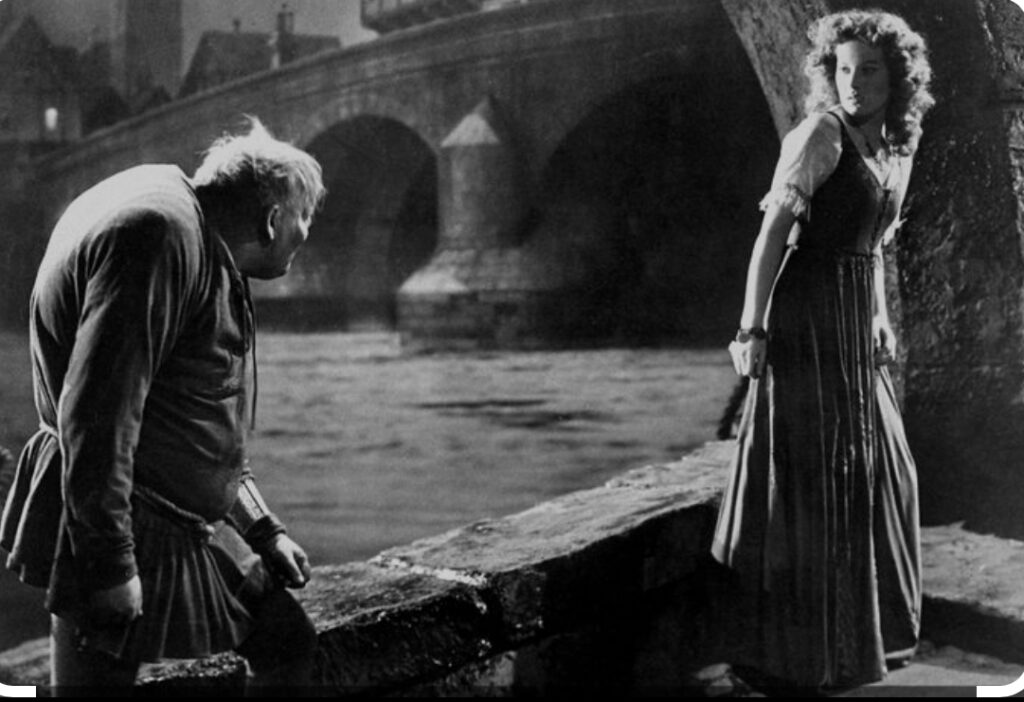
de Philip K. Dick
„Raportul minoritar” prezintă un viitor distopic în care divizia PreCrimă angajează mutanți, cunoscuți sub numele de Precogi, și care pedepsește oamenii pentru crimele pe care le-ar fi comis dacă nu erau opriți, permițând forțelor de ordine să le prevină. Șeful John Anderton conduce această operațiune până când se prevede că el însuși va comite o crimă. Precrimă se bazează pe ideea că, odată identificat un viitor neplăcut, unul alternativ, mai bun, poate fi creat prin arestarea potențialului criminal. În timp ce Anderton investighează crima sa iminentă, el descoperă defecte ale sistemului, ridicând întrebări cu privire la moralitatea și acuratețea predicțiilor Precogilor. În povestire, John Anderton crede că predicția conform căreia va comite o crimă a fost generată ca raport majoritar. De aceea, pornește în căutarea raportului minoritar, care să îi ofere un viitor alternativ.
Amplasat într-o societate în care prevenirea criminalității este prioritară față de autonomia individuală, Philip Dick explorează teme ale liberului arbitru, determinismului și eticii justiției preventive. Povestea provoacă discuții despre noțiunea de soartă versus alegere, în timp ce Anderton se luptă cu ideea că acțiunile sale viitoare sunt predeterminate. Această luptă reflectă dezbateri filozofice mai ample despre natura agenției umane și măsura în care indivizii își pot controla destinul.
Mai mult, „Raportul minoritar” analizează consecințele bazării pe tehnologie pentru controlul social. Precogii, în ciuda abilităților lor aparent infailibile, ridică preocupări etice cu privire la încălcarea libertăților civile și la potențialul abuz de putere de către stat. Pe măsură ce Anderton se aprofundează în felul cum funcționează sistemul PreCrimă, el se confruntă cu realitatea tulburătoare că sistemul poate fi viciat, ceea ce duce la acuzații greșite și la suprimarea disidenței.
Prin intriga sa complicată și dezvoltarea personajelor nuanțate, „Raportul minoritar” servește ca o poveste de avertizare despre pericolele sacrificării libertății în numele securității, obligă cititorii să se confrunte cu adevăruri inconfortabile despre supraveghere, autoritate și complexitatea procesului de luare a deciziilor morale într-o lume din ce în ce mai obsedată de tehnologie. În cele din urmă, povestea ne provoacă să ne reconsiderăm ipotezele despre justiție și responsabilitatea individuală într-o societate guvernată de algoritmi predictivi și tehnologii de supraveghere.
Filmul “Minority Report” din 2002, în regia lui Steven Spielberg, cu Tom Cruise în rolul principal, are la bază această povestire.
In English
“The Minority Report” by Philip K. Dick presents a dystopian future where the PreCrime division employs mutants, known as Precogs, to predict crimes before they occur, allowing law enforcement to prevent them. Chief John Anderton leads this operation until he himself is predicted to commit a murder. Precrime is based on the idea that once an unpleasant future is identified, an alternative, a better one can be created by arresting the potential criminal. As Anderton investigates his impending crime, he uncovers flaws in the system, raising questions about the morality and accuracy of Precog predictions. In the story, John Anderton believes that the prediction that he will commit a murder was generated as a majority report. That’s why he starts looking for the minority report, which will offer him an alternative future.
Set in a society where crime prevention is prioritized over individual autonomy, Philip Dick explores themes of free will, determinism, and the ethics of preemptive justice. The story challenges the notion of fate versus choice, as Anderton grapples with the idea that his future actions are predetermined. This struggle reflects broader philosophical debates about the nature of human agency and the extent to which individuals can control their destiny.
Moreover, “The Minority Report” delves into the consequences of relying on technology for social control. The Precogs, despite their seemingly infallible abilities, raise ethical concerns about the infringement of civil liberties and the potential for abuse of power by the state. As Anderton delves deeper into the workings of PreCrime, he confronts the unsettling reality that the system may be flawed, leading to wrongful accusations and the suppression of dissent.
Through its intricate plot and nuanced character development, “The Minority Report” serves as a cautionary tale about the dangers of sacrificing freedom in the name of security, it forces readers to confront uncomfortable truths about surveillance, authority, and the complexities of moral decision-making in an increasingly technologically driven world. Ultimately, the story challenges us to reconsider our assumptions about justice and individual responsibility in a society governed by predictive algorithms and surveillance technologies.
The film “Minority Report” from 2002, directed by Steven Spielberg, with Tom Cruise in the main role, is based on this story.








